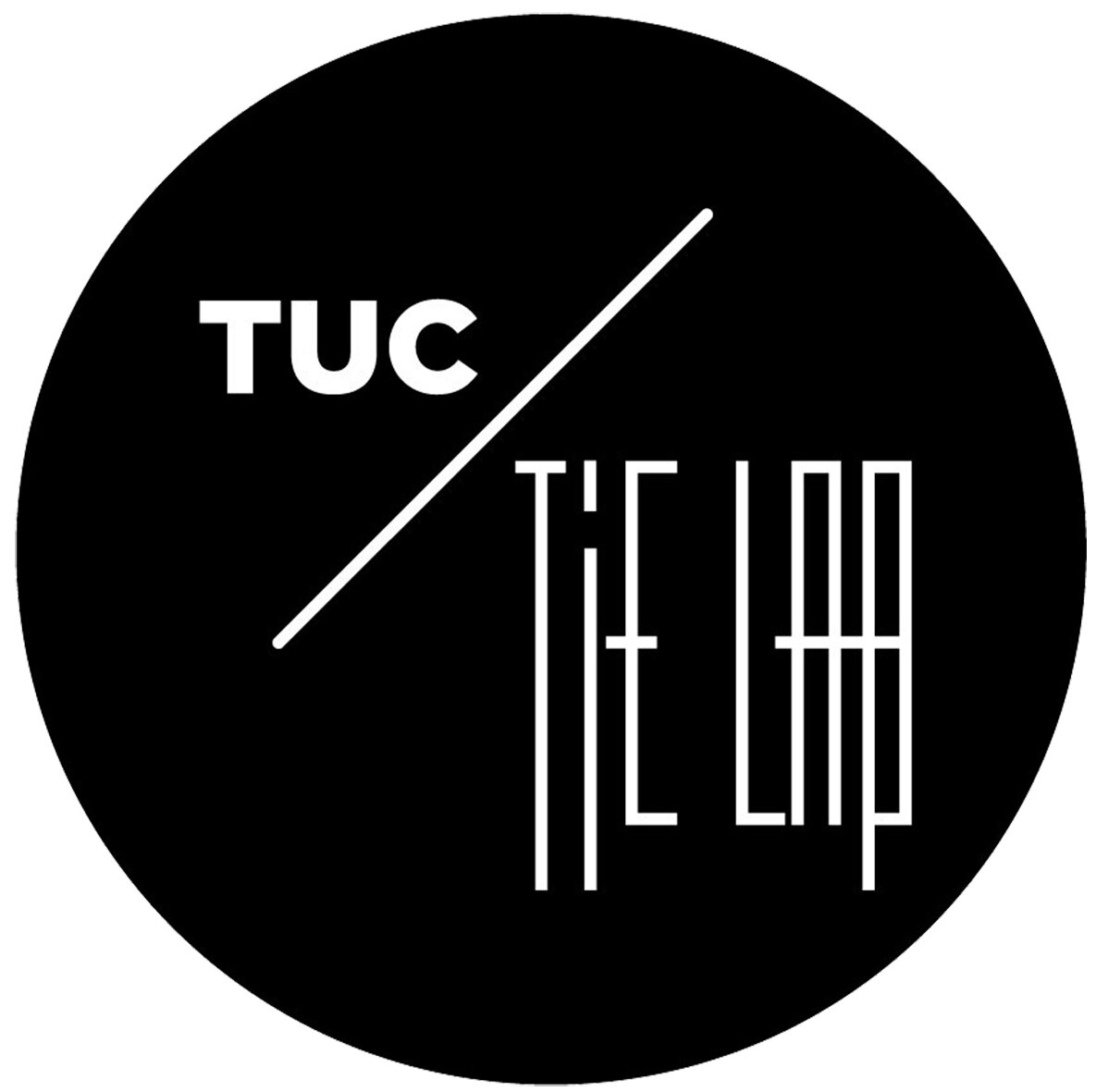IMAGES OF THE IMAGINARY EXHIBITION
TUC TIE Lab Exhibitions
Creativity is predominantly a mental process, a “journey” of the mind within a multitude of possible paths, a wandering through inner needs and desires, expressed through translations, transitions and metaphors of the experiences lived by the creator. This journey follows many paths, regarding the narrative and the route, as well as the final destination. During this adventure, which is both exciting and thrilling, the creator needs assistance, a vessel, a medium that will help him navigate the "potentialities" and collect the elements that make up his creative expression. The "Image of the Imaginary", as a learning process, aims to offer this medium, a process that allows the creator to freely wander in the imagination, while helping him formulate more clearly the depiction of this world through virtual actions.
The "Images of the Imaginary. 179 students of architecture adventuring in the fantasy world of CITYSCAPE©" Exhibition presents the outcome of a process to develop and enhance the ability of architecture students to express, through representation, ideas and images created in their minds. It employs the technique of role-playing games in order to help the students deploy their ability to reflect more accurately spatial thoughts and bring into life the visions of their imagination.
This approach is based on Radford’s theory, which emphasizes the need for a hybrid experiential process in acquiring experiences from students of architecture through role-playing gaming. The employment of RP games for educational purposes has been proven to work particularly efficiently, especially for learning goals facilitated through immersion. Role playing strengthens the imaginary process and helps to better shape a mental image of space. The students create characters with specific qualities and skills and, based upon these abilities, they negotiate with the virtual environment to pursue their in-game goals. The "activity" takes place in specific locations and distinct building types that cover all scales met in the architectural practice. Through the "activity" they perform, the students are assisted to better form, mentally, the locations and the landscapes they imagine and so they gradually become better in sketching these images of the imagination.
Through this process, the students came into contact and experienced all types and scales of the built environment, which they later depicted with rapid but effective ways. The results revealed that they significantly improved their ability to include semantic information in their sketches, beyond the standard descriptive approach, as they developed skills to better handle their mental representations. Moreover, the process proved to be particularly useful in developing teamwork and personal improvement skills, as shown in the interviews presented at the exhibition.
The system of the role playing game applied in this process was specifically modified by members of the course team to match the experiential learning style of the course. This system, titled CityScape©, uses a set of simplified rules on character creation and the interactive game process, inside contemporary spatial settings, appropriate for the course's learning objectives. The CityScape© game system was developed primarily for higher education learning goals but can be adapted to other stages of education as a powerful tool for learning.
The exhibition presents 1200 works, created by 179 students in the School of Architecture at the Technical University of Crete, during the seminar course "Images of the Imaginary" taught by Assistant Professor Konstantinos-Alketas Oungrinis. Through a variety of styles and techniques, the works show the imaginary worlds the students came in contact with through this highly experiential learning process. The CityScape© system is also exhibited through a series of interviews with the participating students describing their gaming experience.


